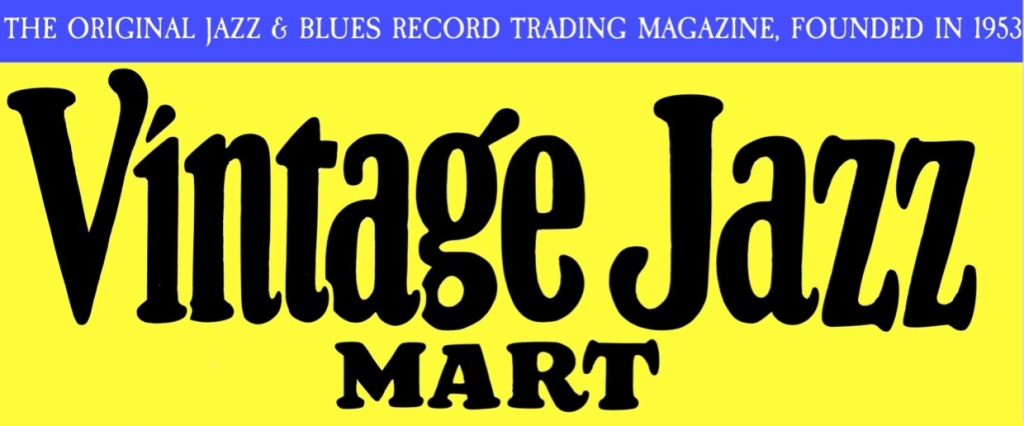I don’t like hyperbolic praise. But this set is an invaluable purchase.
I can’t be objective about this new Mosaic Records extravaganza, because I have admired the work of tenor saxophonist Don Byas in the Forties ever since I heard his live duet with double bassist Slam Stewart on INDIANA and I GOT RHYTHM many dcades ago.
Byas was an inexhaustible creator of new ideas — a perpetual motion Swing machine, relaxed and ferocious all at once. There was nothing mechanical about his best work: he was a whole Kansas City jam session all by himself, rolling and tumbling. His ballads were like a giant purr.
He was also someone working hard to embody and incorporate “the modern sounds” of the time this set covers. So it’s fascinating to listen to him as someone who had so thoroughly mastered his instrument that nothing he could imagine was beyond his grasp, someone stretching himself in every performance. A brave audacious warrior who could melt you with eight bars of a ballad or knock you down with a careening thirty-two bars where he doesn’t seem to need to breathe.
Although he had worked and recorded with Andy Kirk and Count Basie, he needd a good deal of space, so he was most spectacular in small groups. In the period covered by Mosaic’s largesse, he had so much opportunity to record with the finest musicians.
An incomplete list: Thelonious Monk, Sidney Catlett, Lucky Thompson, Coleman Hawkins, Charlie Parker, Oscar Pettiford, Emmett Berry, Dizzy Gillespie, Charlie Shavers, Joe Thomas, Buck Clayton, John Simmons, Johnny Guarnieri, Clyde Hart, Hot Lips Page, Milt Hinton, J. C. Heard, Frank Newton, Shad Collins, Jimmy Jones, John Mehegan, Red Norvo, Cozy Cole, Vic Dickenson, Hank D’Amico, John Levy, Ted Sturgis, Erroll Garner, Herb Ellis, Trummy Young, Specs Powell, J. C. Heard, Al Casey, Nat Jaffe, Shelly Manne, Big Joe Turner, Doc West, Benny Carter, Sammy Price, Gene Sedric, Leonard Ware, Dick Vance, Earl Bostic, J.C. Higginbotham, Denzil Best, Ben Webster, Hal Singer, Gene Schroeder, Tyree Glenn, Don Redman, Beryl Booker, and Max Roach — an absolute compendium of the finest players of the time.
More virtues.
Sessions most people have never heard before, and previously unissued material. I have collected Byas of this period for three decades. That meant 78s, lp reissues, CD compilations, and private cassette tapes. By my count, the set contains 193 sides, some of them much longer than a three-minute 78. More than 60 of them are new to me, and a good two dozen are not easily accessed by me or anyone else these days.
The Rosenkrantz material. Baron Timme Rosenkrantz, from Denmark, had a Manhattan apartment where his friends gathered to eat, drink, sing, play — and be recorded. Fully three discs of this set contain Byas and friends playing at their leisure, and the results are more than magnificent. A small portion of this material has been issued on a collectors’ lp (who, reading this, has a copy of the Caete issue?) erroneously labeled on a Storyville CD, and in a dim-sounding cassette transfer on YouTube. Until you’ve heard Byas and Jimmy Jones playing one ballad after another for fifteen minutes, you haven’t lived. I do not exaggerate.
Sound. Perhaps some people (listening to music through their phone and earbuds) will think of this as the fetish of the entitled few with fifty-thousand dollar audiophile systems, but it matters more than you might think. Many Cd reissues of music from this period use collectors’ worn 78 discs, with either no reprocessing or a thick layer of it. I know that the people at Mosaic do a deep search (including the Library of Congress archives) for metal parts of the original recordings, then the cleanest copies of the discs available. And then the restoration is careful and thoughtful. If you are used to listening to music on YouTube, the Mosaic sound is astonishing, with details previously submerged in audio sludge now bright and realistically clear. This is especially relevant for this set, where almost all the recordings were made by small independent labels during wartime, where the best pressing materials were not available. And about thirty percent of this set comes from one-of-a-kind discs recorded on the spot.
Notes, photographs, and documentation. The expansive essay that accompanies this music is the work of the brilliant Loren Schoenberg, a deep student of the music and a superb explicator (ask his Juilliard students) as well as a renowned tenor saxophonist himself. Photographs completely new to me, and the usual exquisite Mosaic documentation.
I will say that some of my readers, hearing months ago “Don Byas,” “1944-46,” and “Mosaic Records,” in the same sentence, will find this posting superfluous because they have already been delighting in the ten CDs in the box. But for those who might not know or might be tempted to say, “Oh, I’ll get that box when my ship comes in,” I urge them not to wait. Limited editions vanish while good-natured procrastinators dawdle.
May your happiness increase!

















































